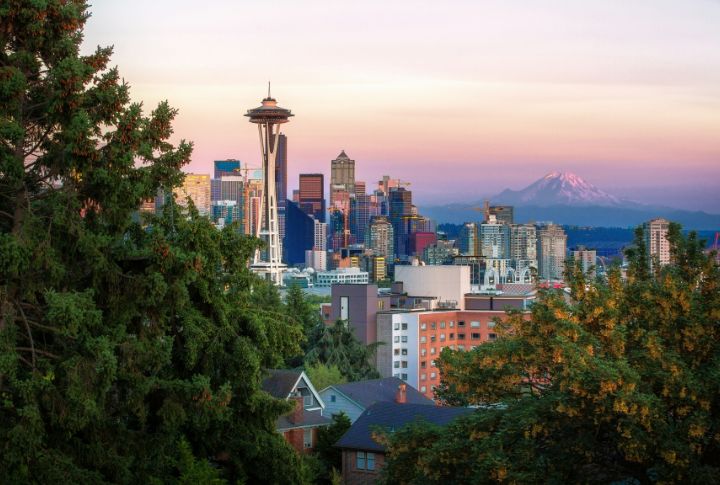
Some cities make staying healthy feel like the default setting. Groceries are full of fresh stuff, sidewalks actually lead somewhere, and gyms aren’t hidden in strip malls next to donut shops. Then there are cities where the healthy choice takes real effort or serious detective work. So, let’s break down which ten U.S. cities are doing a solid job supporting healthy living and which ten still haven’t caught up.
Best: San Francisco
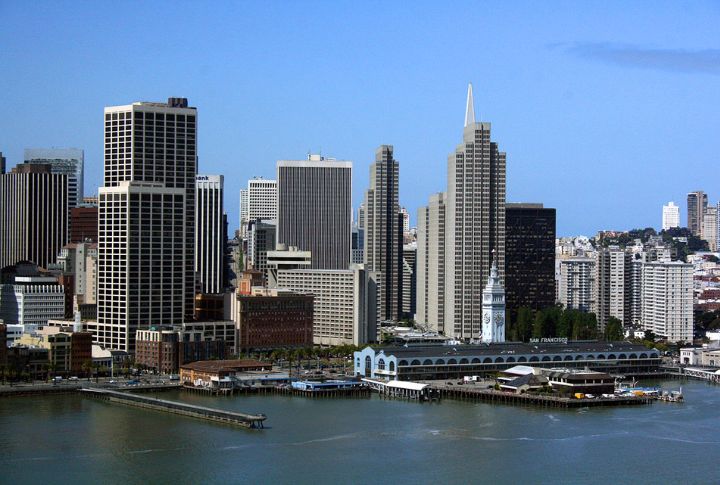
In San Francisco, staying healthy feels effortless, as every steep hill dares you to skip the gym, and narrow neighborhoods make walking or biking the easiest way around. Smokers? Rare sight. Instead, you’ll find leafy parks, bustling farmers’ markets, and grocery aisles packed with kale and oat milk lattes.
Worst: Gulfport
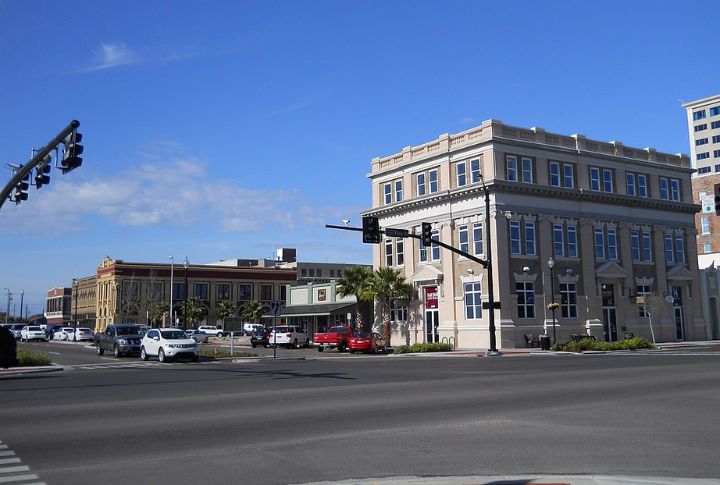
Gulfport might feature coastal charm, but its daily lifestyle habits tell another story. In many neighborhoods, quick bites at chain restaurants or gas station snacks are more accessible than a fresh produce aisle. And with sidewalks in short supply, residents tend to drive instead of walk or bike.
Best: Seattle
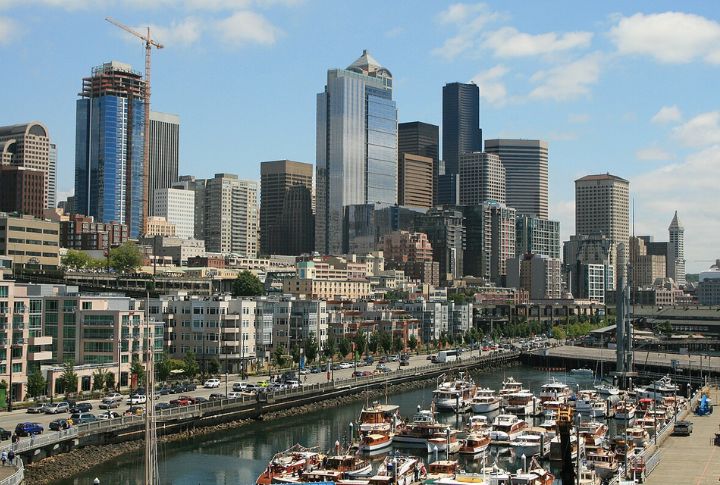
Seattle’s rhythm encourages a lifestyle rooted in wellness. Even the rain doesn’t stop people from heading outdoors—hiking trails are just minutes away, and kayaking is a popular pastime. The city’s dining scene supports the lifestyle, too, with poke bowls and plant-based cafes easy to find.
Worst: Shreveport
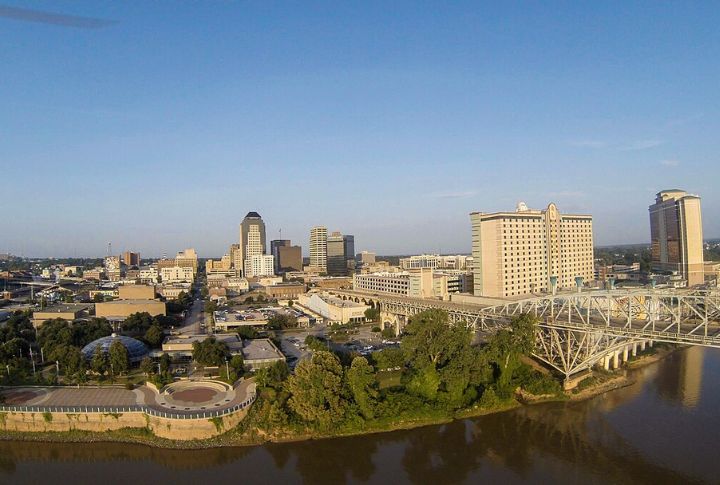
This city struggles with wellness at its roots. Many neighborhoods lack gyms or wellness centers, making fitness feel out of reach. Moreover, without sidewalks or bike lanes in most residential areas, even a simple stroll feels unsafe—discouraging movement and reinforcing a sedentary, food-heavy lifestyle.
Best: Minneapolis
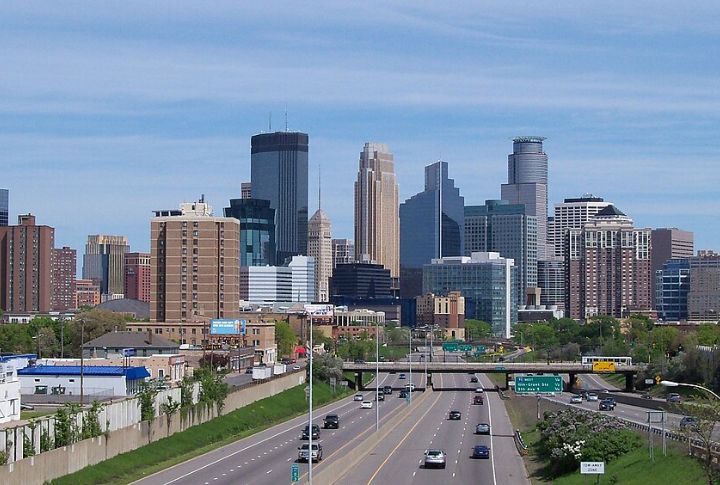
Biking isn’t just a hobby in Minneapolis—it’s how many get around, thanks to more than 90 miles of trails woven through the city. Locals take full advantage of the lakes for jogging, walking, and winter skating. Plus, during harsh winters, a strong fitness culture thrives through ice sports and outdoor activity.
Worst: Huntington
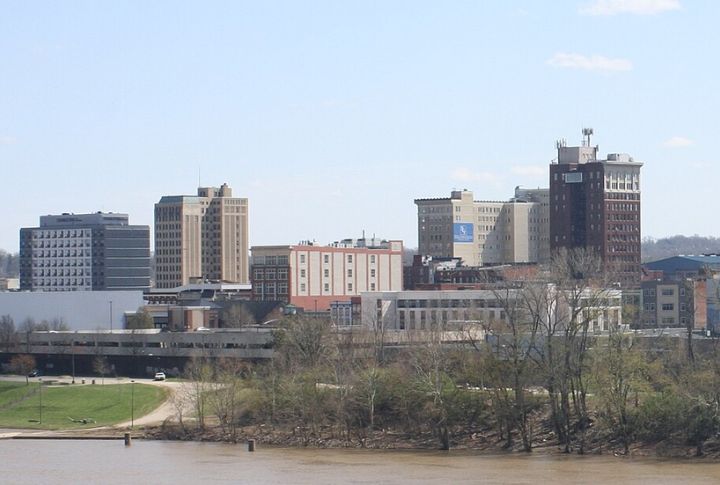
Situated in the Appalachian region, Huntington faces a health crisis that goes beyond its geography. In many areas, parks are either too far or simply unreachable on foot, limiting casual exercise. Physical activity rates lag, even among youth, while daily routines often include cigarettes and sugary sodas.
Best: Denver
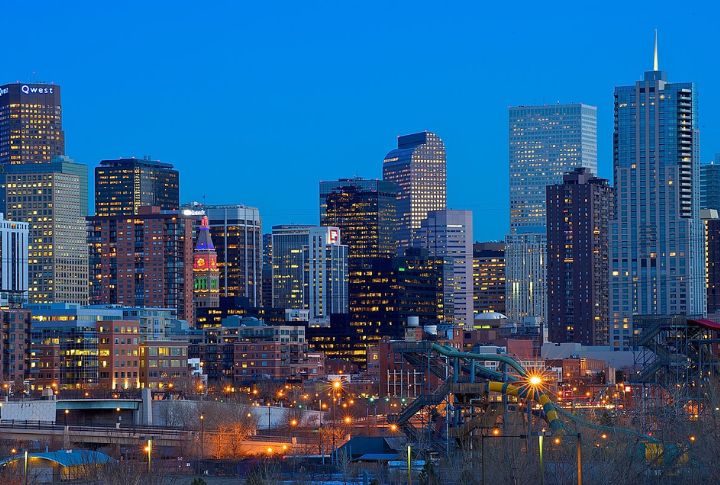
Denver supports an active lifestyle with easy access to the Rocky Mountains, where skiing and climbing are regular activities for locals. The city’s dry climate allows for year-round outdoor fitness, while neighborhood trail systems and expansive green spaces encourage daily movement.
Worst: Memphis
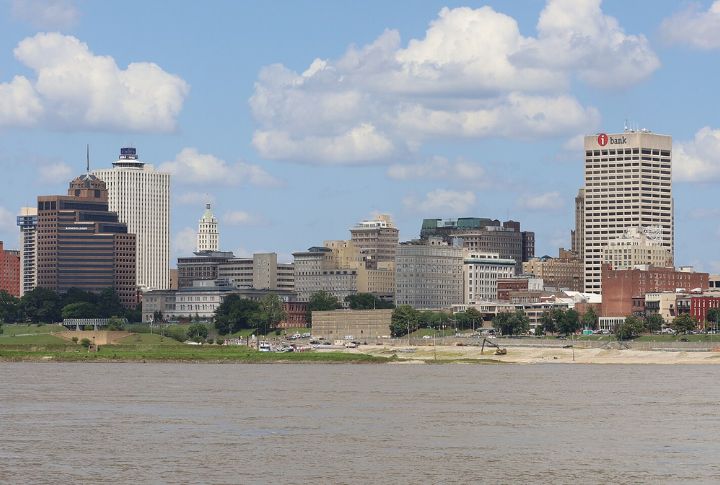
Beneath the soulful rhythms and rich culture of Memphis lies a daily struggle with unhealthy living. Many neighborhoods are classified as food hubs, where sugar-sweetened beverages and fried meats are everywhere. Limited access to clean, well-maintained recreational spaces also makes it harder for residents to stay active.
Best: San Diego
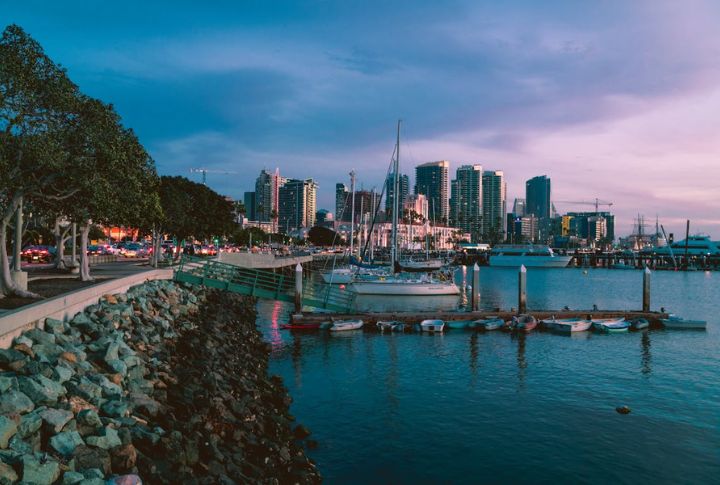
This city blends coastal living with a strong commitment to health. Beaches double as outdoor gyms, where group workouts, surfing, and swimming are daily sights. With dog parks and pet-friendly trails throughout the city, even pets stay active in this health-focused environment.
Worst: Lubbock
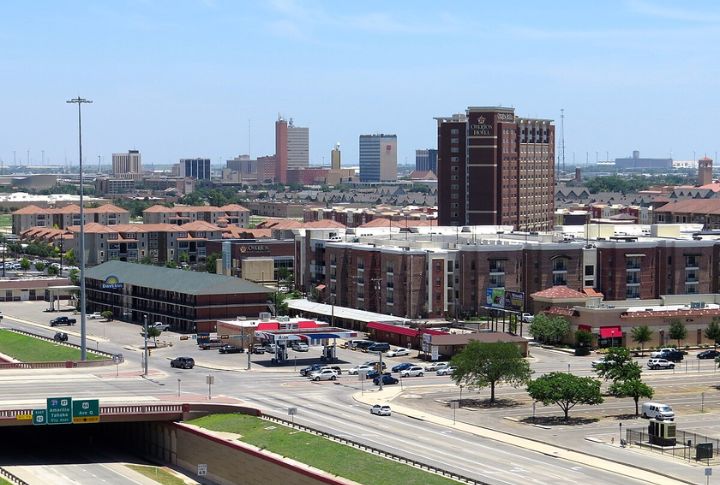
Lubbock’s environment subtly nudges its residents toward inactivity and poor nutrition. Without sidewalks and with long daily commutes, walking becomes impractical, pushing physical activity to the sidelines. Lastly, instead of fresh produce, local markets are stocked with processed foods and sugary drinks.
Best: Portland
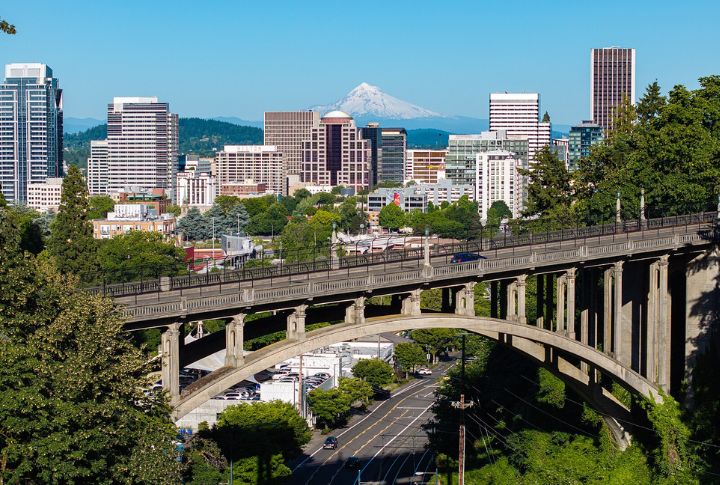
Wellness in Portland goes beyond trend, as vegan and vegetarian diets are the norm, supported by markets and eateries focused on plant-based options. Besides, wellness spots like kombucha bars and meditation gardens add to a culture centered on health, balance, and connection with nature.
Worst: Bakersfield
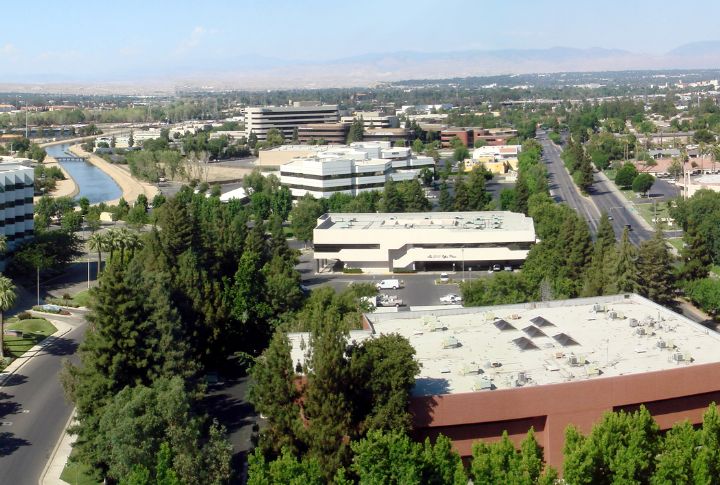
The sun beats down on Bakersfield, but it’s the air that truly weighs heavy. Poor air quality hangs over the city, discouraging outdoor workouts and fueling widespread respiratory issues like asthma. With fitness options sparse across the dry, desert-like region, residents often opt for convenience by relying on fast food.
Best: Honolulu
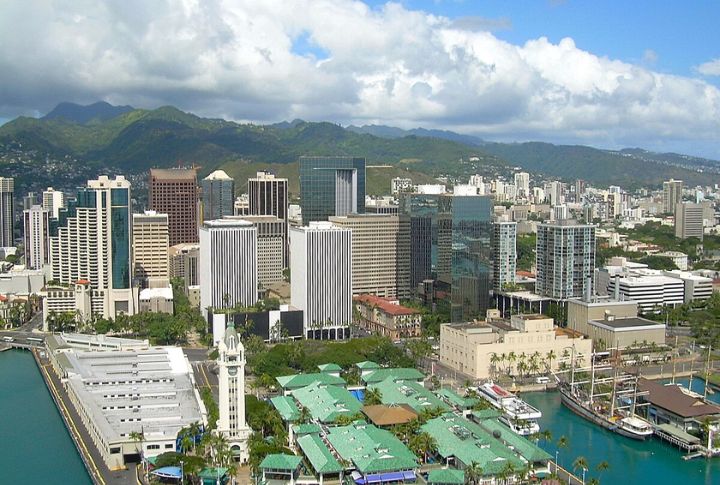
Honolulu promotes wellness through tradition, climate, and community. Elderly residents are generally seen walking along the beach at sunrise, making movement a daily habit. Furthermore, a warm climate supports outdoor fitness year-round, turning nature into the city’s most accessible gym.
Worst: Toledo
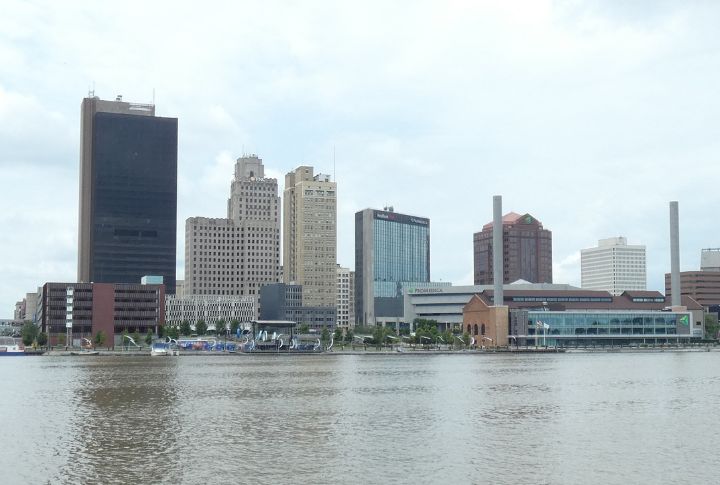
In Toledo, convenience stores fill residential corners, but they rarely offer fresh food. Furthermore, physical activity remains low across the city, especially among youth, reflecting both limited infrastructure and access. While the city offers affordability on paper, the lived experience reveals deeper gaps in well-being.
Best: Austin

Outdoor fitness is deeply integrated into Austin’s urban design. Here, an extensive greenbelt system gives joggers and cyclists space to move freely, especially during early mornings. Interestingly, at Lady Bird Lake, paddleboarding and kayaking remain popular, which makes physical activity enjoyable across all seasons.
Worst: Tulsa

Life in Tulsa usually unfolds behind the wheel, as long daily commutes by car leave little time or energy for wellness. Recreational trails, when they exist, are limited or disconnected, making consistent physical activity harder to sustain. Over time, these conditions compound, further contributing to widespread reports of chronic stress and fatigue.
Best: Washington, D.C.

In the nation’s capital, movement is built into the daily routine. The National Mall doubles as an open-air gym, hosting everything from solo workouts to group fitness sessions. Access to fresh produce and convenient meal prep services also supports a balanced lifestyle both at home and on the go.
Worst: Jackson
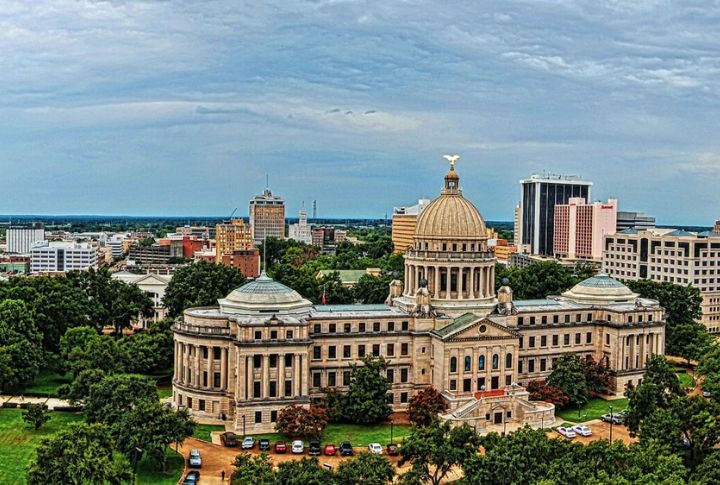
Jackson’s health crisis is quietly baked into daily life. Routine checkups get pushed back as clinics struggle with demand, while low-income neighborhoods are left hunting for fresh produce. Besides, neglected parks fail to offer safe escapes, and support for physical or mental wellness is nearly nonexistent.
Best: Boston
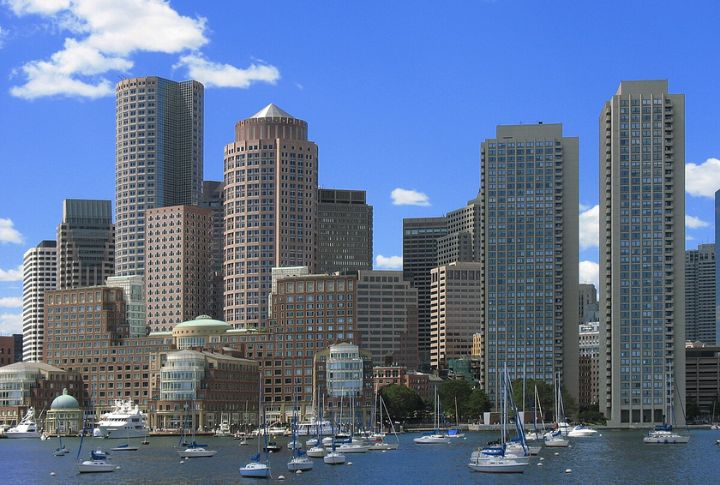
In Boston, daily movement is a natural part of life, with many residents walking long distances through historic districts on their way to work or school. This culture of activity starts young, supported by public initiatives that fund fitness clubs for children across the city.
Worst: Detroit
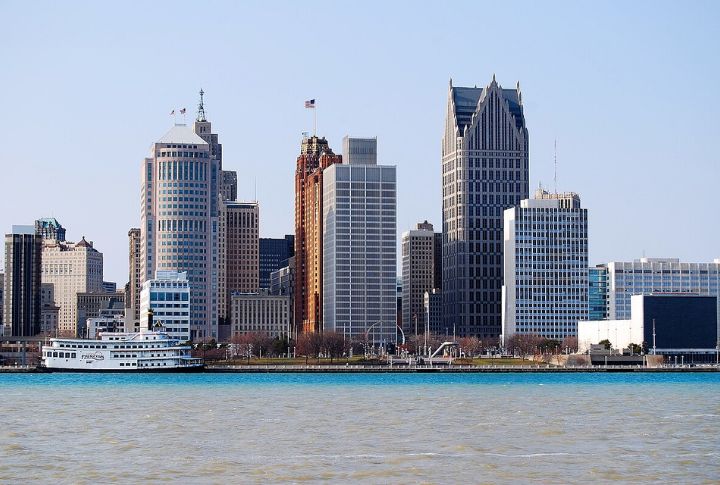
Detroit’s streets are lined with abandoned buildings and vacant lots, creating an atmosphere where outdoor activity often feels unsafe. Meanwhile, wellness support systems like mental health centers remain distant—both geographically and financially—for much of the community.
